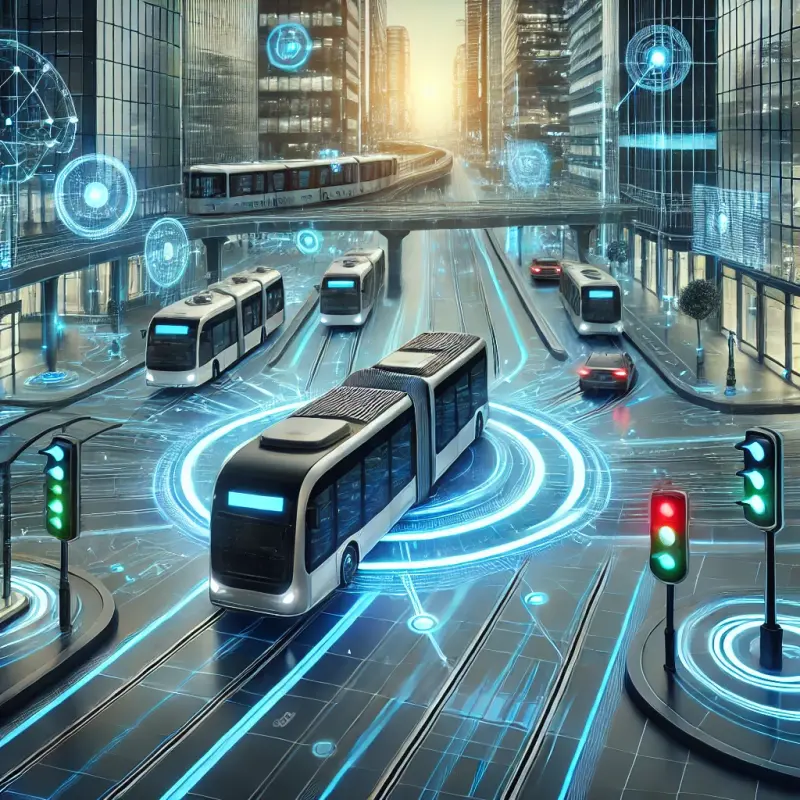Introduction
In the realm of urban mobility, efficiency and convenience are paramount. Cities worldwide strive to streamline public transportation systems to enhance commuter experiences and reduce environmental footprints. Central to this transformation is the adoption of Artificial Intelligence (AI). AI is not just reshaping how we perceive transport; it's reconstructing the very frameworks that support it. This article explores the dynamic role of AI in optimizing public transport routes, focusing on how these technologies make daily commutes faster and more reliable.
AI-driven Route Optimization: A Game Changer
At the core of public transport systems lies the complex challenge of route optimization. Traditional methods often fall short in accommodating the unpredictable variables of urban transport, such as traffic fluctuations, weather changes, and varying commuter demands. AI steps into this arena with solutions that are not only responsive but also predictive.
Leveraging massive datasets, from traffic patterns to passenger counts, AI algorithms can predict optimal routes in real-time. These intelligent systems analyze historical data and current conditions to suggest the fastest and least congested paths for buses and trams. The result? A significant reduction in delays and improved travel times, making public transport a more appealing option for city dwellers.
Enhancing Commuter Experience with Real-Time Data
AI's influence extends beyond route planning to the real-time management of transport networks. Smart cities employ AI to monitor and control the flow of public transport vehicles across different routes. By integrating IoT sensors and AI models, transport agencies receive live updates on vehicle locations, traffic conditions, and even passenger numbers. This information is crucial in dynamically adjusting schedules to accommodate unexpected changes, ensuring that service reliability remains high.
Moreover, commuters benefit directly from these AI enhancements. Mobile applications and digital kiosks now provide passengers with real-time information about their journeys. Estimated arrival times, seat availability, and alternative route suggestions are all made accessible through AI-driven platforms, fostering a more informed and convenient commuting experience.
Sustainability and Cost Efficiency
AI's route optimization also contributes significantly to environmental sustainability. By streamlining routes and reducing idle times, public transport systems lower their fuel consumption and CO2 emissions. Moreover, AI helps in maintaining optimal speeds and avoiding unnecessary stops, which further enhances fuel efficiency.
From a cost perspective, AI technologies reduce operational expenses for public transport providers. Improved route efficiency means fewer vehicles are needed to maintain frequent and reliable services. Additionally, predictive maintenance powered by AI minimizes downtime and extends the lifespan of transport fleets.
